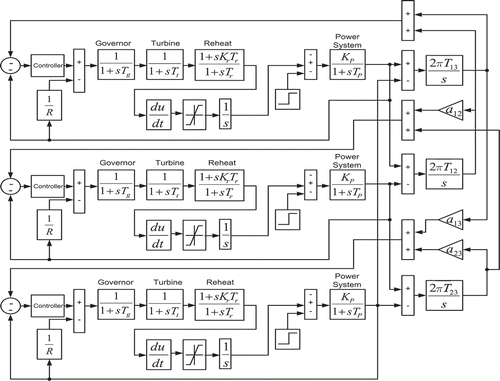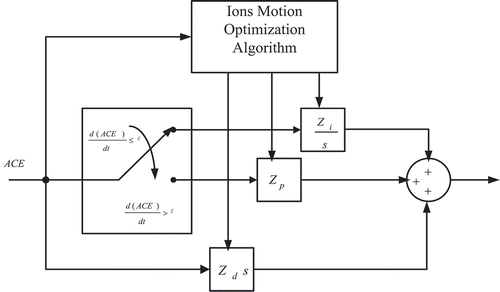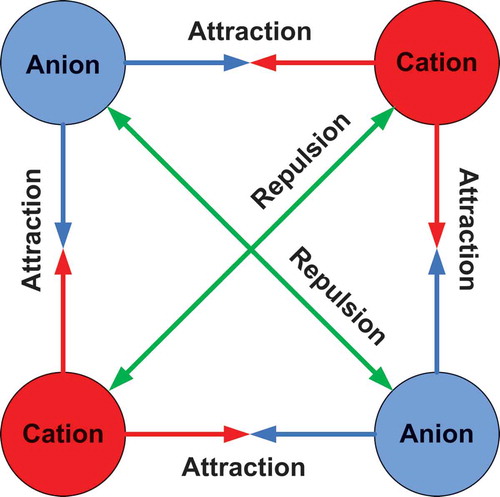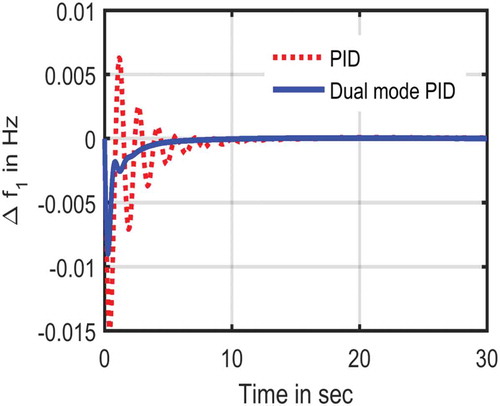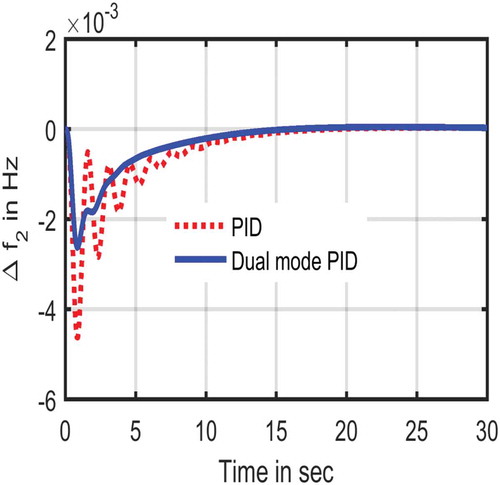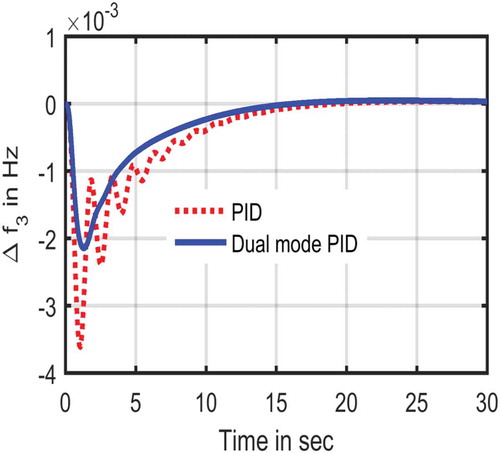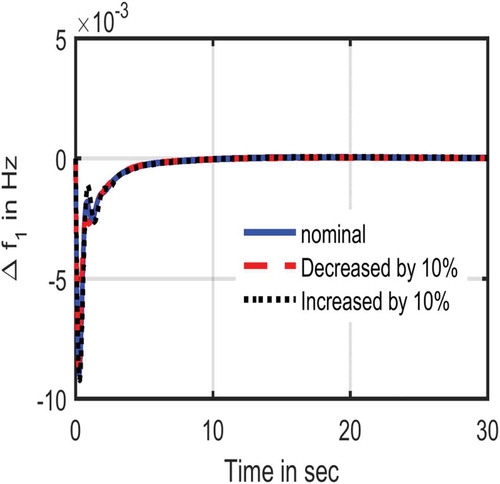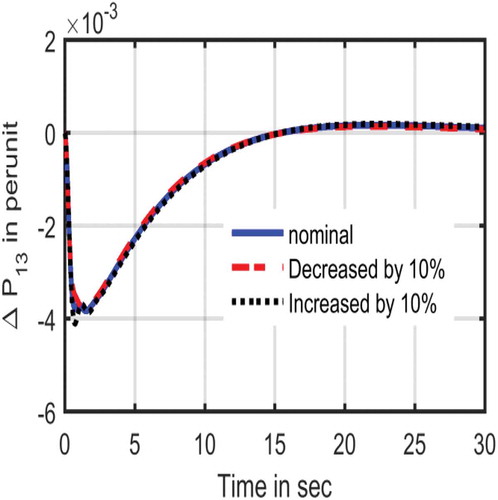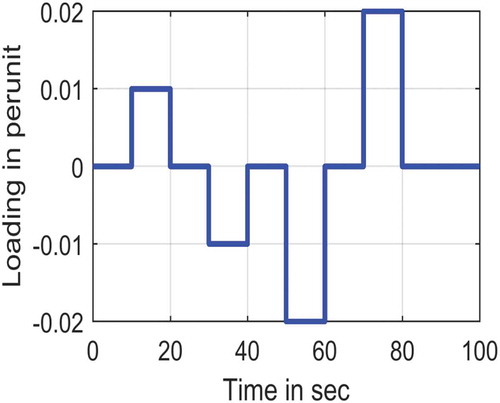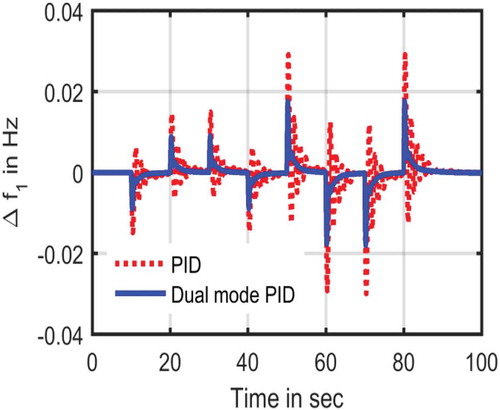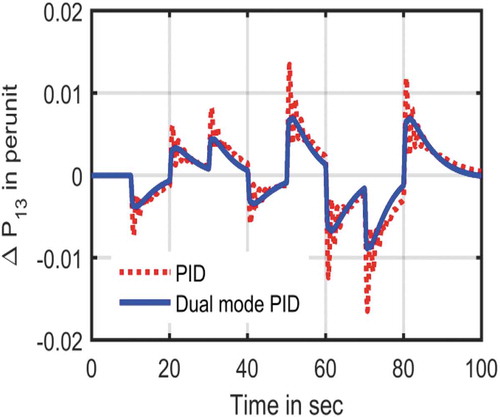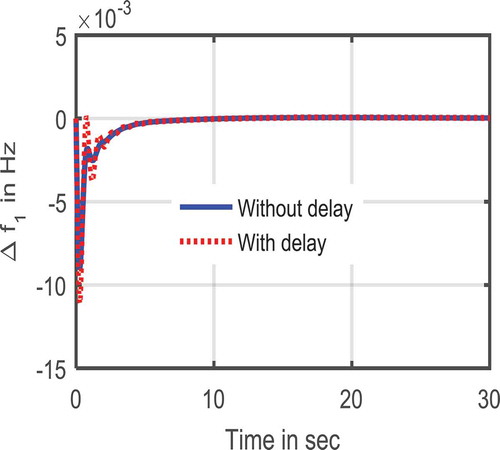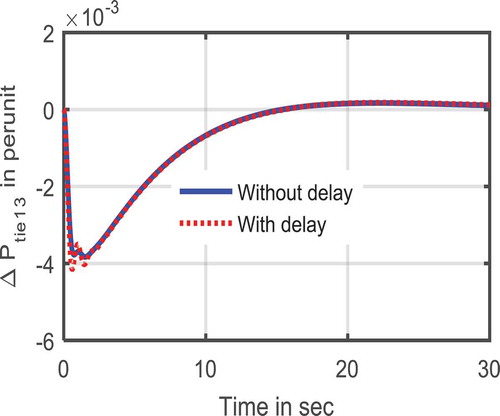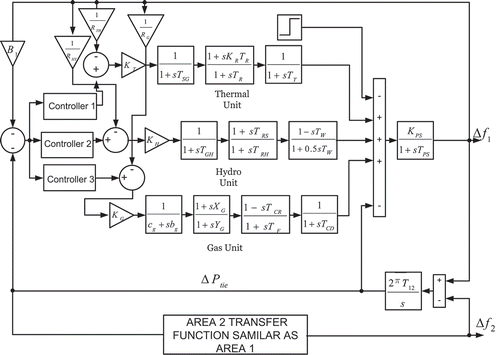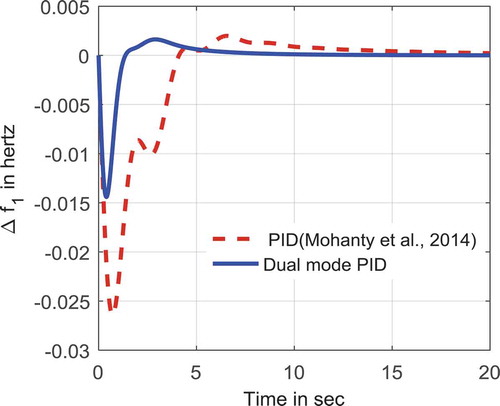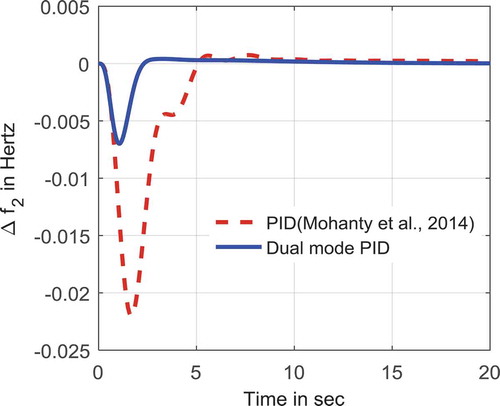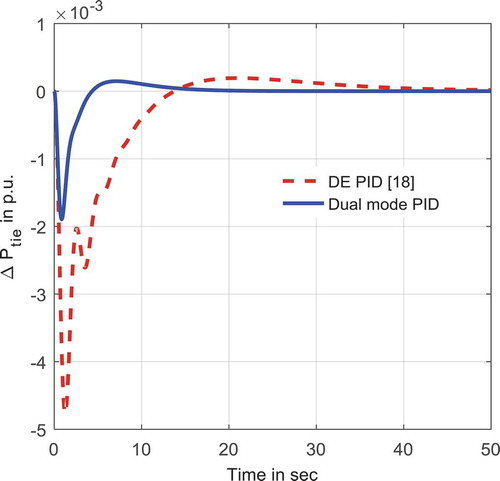Figures & data
Table 1. Optimal gains of IMO tuned PID and DMPID controllers with application of an SLP of 0.01 p.u. in area 1
Table 2. Performance evaluative factors with different controllers due to a SLP of 0.01 p.u. in area 1
Figure 7. Tie-line power deviation between areas 1 and 3 with application of an SLP of 0.01 p.u. in area 1
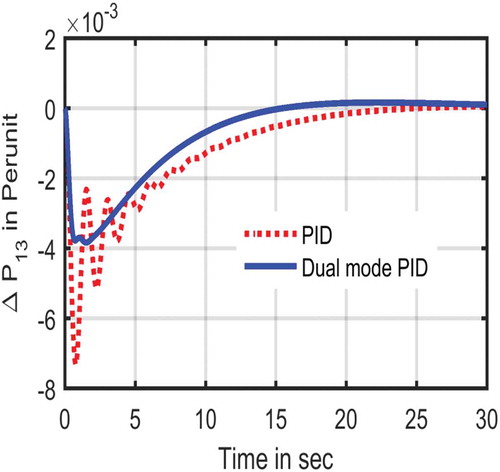
Figure 8. Tie-line power deviation between areas 1 and 2 with application of an SLP of 0.01 p.u. in area 1
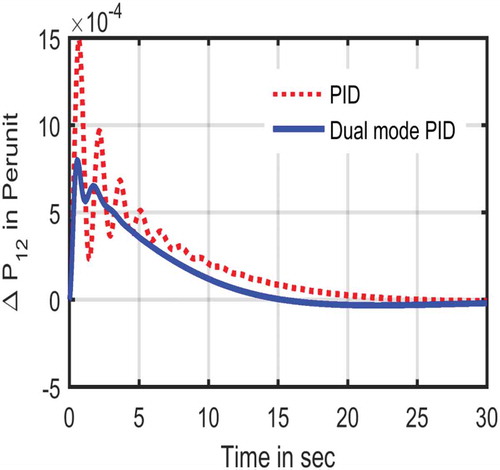
Figure 10. Tie-line power deviations between area 1&3 due to an SLP of 0.01 p.u. in all areas simultaneously
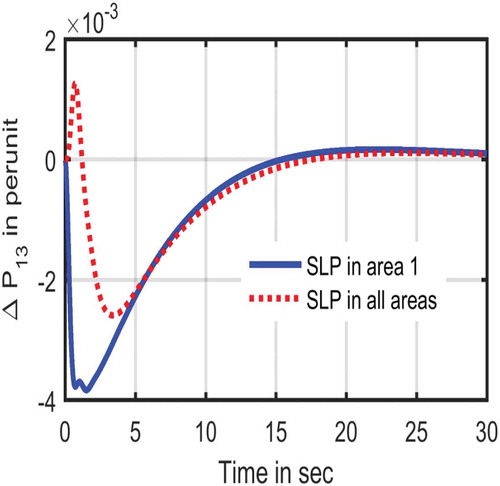
Table 3. Performance evaluative factors ofand
for different loading conditions in area 1
Table 4. Performance indices with a SLP of 0.01 p.u. in area 1
Table 5. Optimum gains of DMPID controllers of multi-source power system tuned by IMO algorithm

